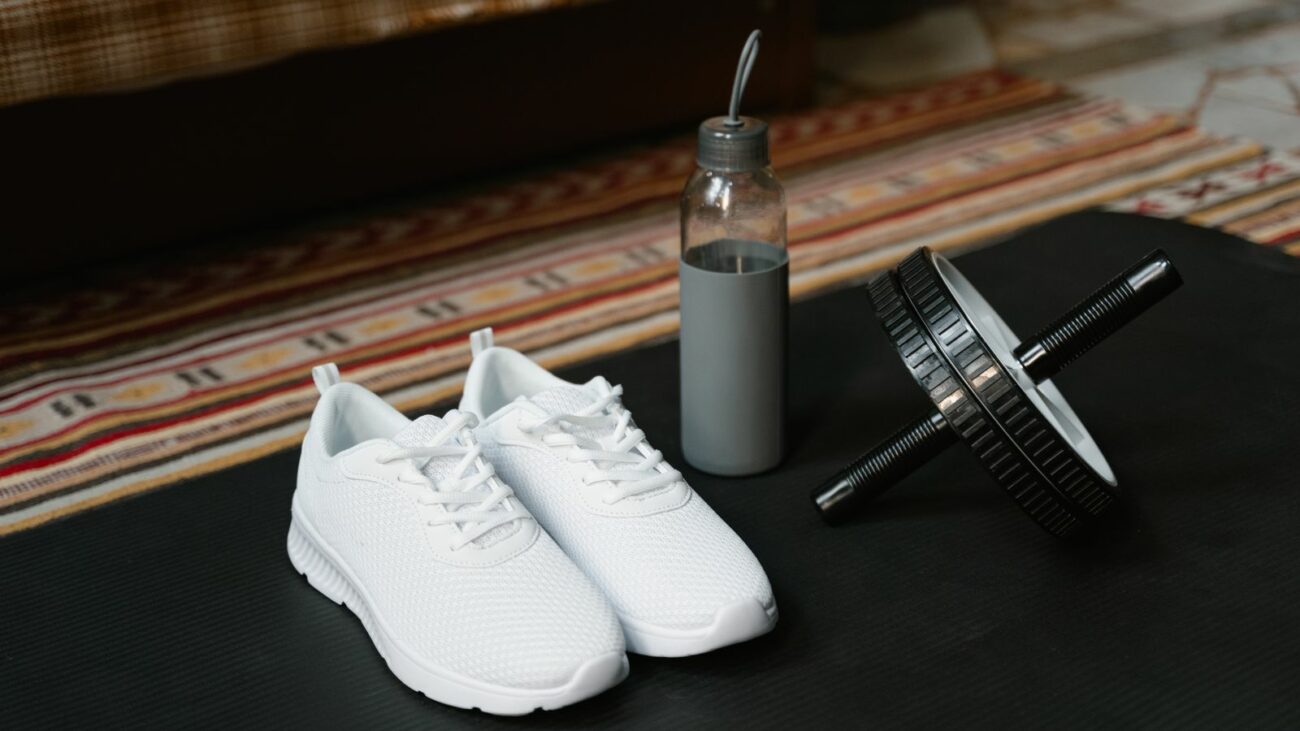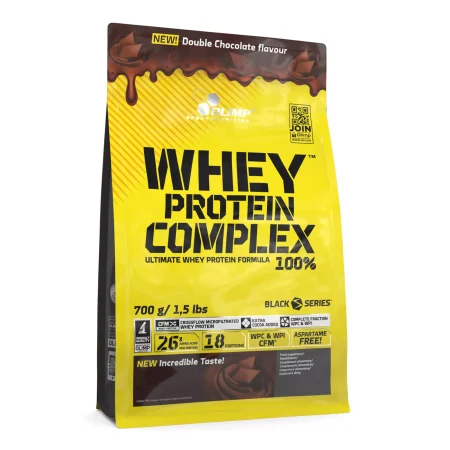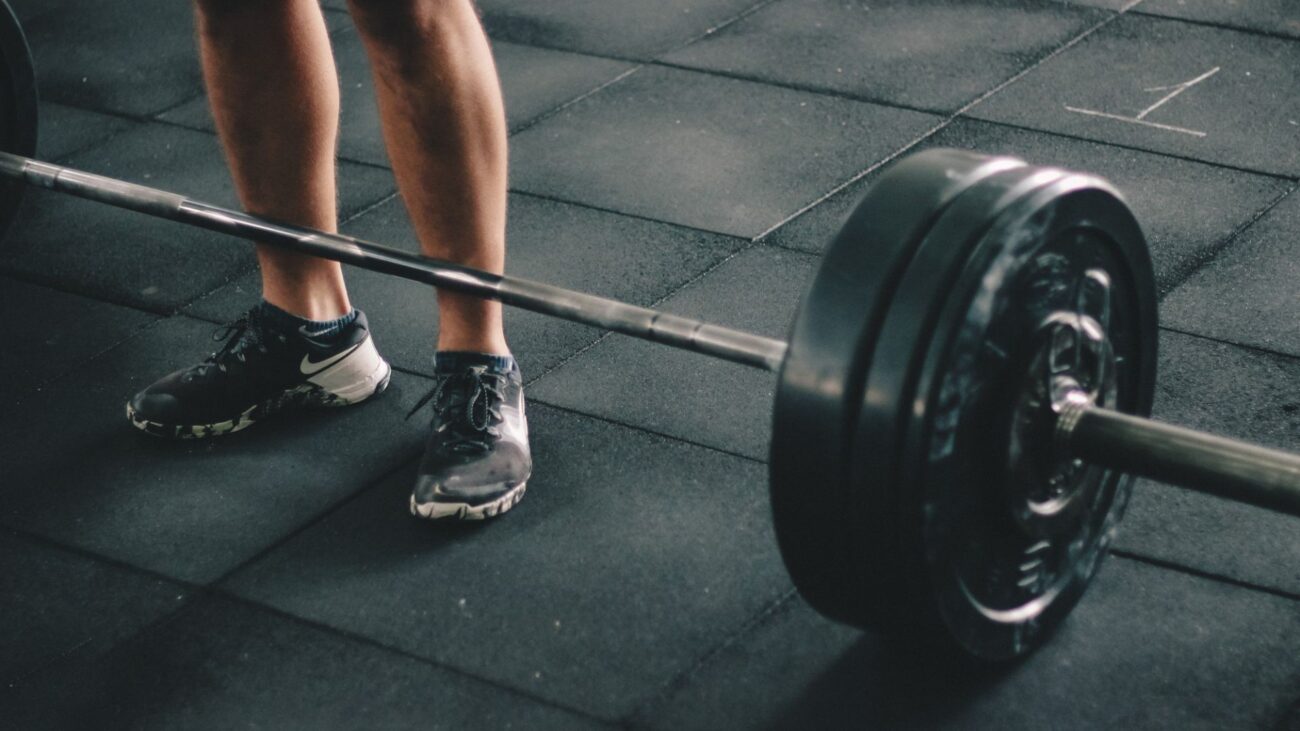Recovery is a key element of every training plan, yet it is often neglected. It is during rest that the body repairs microdamage to the muscles, adapts to training loads, and prepares for the next effort. Lack of proper recovery can lead to overtraining, reduced performance, and a higher risk of injury. In this article, I will explain what recovery after training involves, what stages it consists of, and present effective methods to accelerate it.
What is post-workout recovery?
Recovery is the process by which the body returns to balance after physical exertion. It includes:
- Replenishing energy stores – especially muscle glycogen.
- Repairing damaged muscle fibres – caused by intense exercise.
- Restoring hormonal balance – exercise-induced changes in cortisol, testosterone, and growth hormone levels must be normalized.
- Nervous system recovery – excessive load on the nervous system during intense training can reduce performance.
Why is recovery important?
Proper recovery plays a crucial role in improving athletic performance because muscles grow and adapt to new challenges during rest, not during the workout itself. Without recovery, the risk of injury increases, as untreated microdamage may develop into more serious health issues. Adequate rest also improves well-being, preventing fatigue, weakness, and loss of motivation—common outcomes of insufficient recovery. Additionally, it helps prevent overtraining, a state in which the body cannot adapt to rising training loads, resulting in decreased effectiveness and a higher risk of overload.
Stages of recovery
The recovery process after physical exertion takes place on several biological and physiological levels, which can be divided into three key phases.
The first phase, immediately after training, is the period of intense energy replenishment, mainly through restoring muscle glycogen—the primary fuel for working muscles. At the same time, repair processes in damaged muscle tissues are activated. Inflammatory cytokines play a key role by initiating tissue rebuilding, while anabolic hormones such as insulin and growth hormone support regeneration.
The second phase occurs during sleep and is the time of intensive nervous system and muscle recovery. Repair mechanisms are activated, including the production of structural muscle proteins. This is also the period of increased growth hormone secretion, which supports protein synthesis and tissue repair. The nervous system restores neurotransmitter levels, improving coordination and muscle strength for the next sessions.
The third phase is long-term adaptation, during which the body adjusts to increasing training loads. This adaptation includes increased muscle volume, stronger tendons and joints, and improved metabolic efficiency. Genes responsible for muscle hypertrophy are activated, leading to greater strength and endurance.
How to speed up recovery after training?
1. Proper nutrition
After training, the body needs nutrients to replenish energy and repair muscles. Key elements are:
- Carbohydrates – replenish muscle glycogen. Sources: rice, sweet potatoes, fruit.
- Protein – supports muscle rebuilding. Sources: eggs, chicken breast, fish, protein supplements.
- Fats – aid recovery and hormonal balance. Sources: avocado, nuts, olive oil.
- Electrolytes – restore water–electrolyte balance. Good options are isotonic drinks or water with added salt and lemon.
2. Hydration
Even a 2% loss of body water can reduce performance and slow down recovery. Drink water throughout the day and after training replenish fluids rich in electrolytes.
3. Sleep
Sleep is the foundation of recovery. During sleep, damaged tissues are repaired, and anabolic hormones are produced. Recommendations:
- 7–9 hours of sleep per night.
- Consistent bedtime routines.
- A sleep-friendly environment with darkness and comfortable temperature.
4. Supplementation
Certain supplements may support recovery:
- Creatine – aids regeneration and boosts muscle energy reserves.
- BCAAs – branched-chain amino acids that support muscle repair.
- Omega-3 – anti-inflammatory effects that aid recovery.
- Magnesium – supports nervous system and muscle recovery.
5. Massage and foam rolling
Manual techniques such as massage or self-massage with a foam roller can speed up recovery by:
- Reducing muscle tension.
- Improving blood circulation.
- Decreasing inflammation.
6. Active recovery
Light movement such as walking, yoga, or swimming can aid recovery by improving blood flow and delivering nutrients to the muscles.
7. Recovery baths
Alternating cold and hot water baths (hydrotherapy) can reduce swelling, muscle soreness (DOMS), and improve recovery.
How to avoid the most common recovery mistakes?
Some mistakes can significantly delay recovery:
- Insufficient calorie intake – lack of energy surplus prevents muscle repair.
- Skipping sleep – even the best diet cannot compensate for poor sleep.
- Training too hard – lack of rest days leads to accumulated fatigue.
- Neglecting hydration – even mild dehydration negatively affects recovery processes.
Summary – how to take care of recovery?
Post-workout recovery is a key element of building fitness and health. To speed it up:
- Maintain a balanced diet rich in protein, carbohydrates, and healthy fats.
- Stay properly hydrated.
- Ensure adequate sleep.
- Include massage, foam rolling, and active recovery in your routine.
- Consider supplements that support recovery.
Remember, recovery is not just downtime—it’s when your body becomes stronger, faster, and more resilient.










